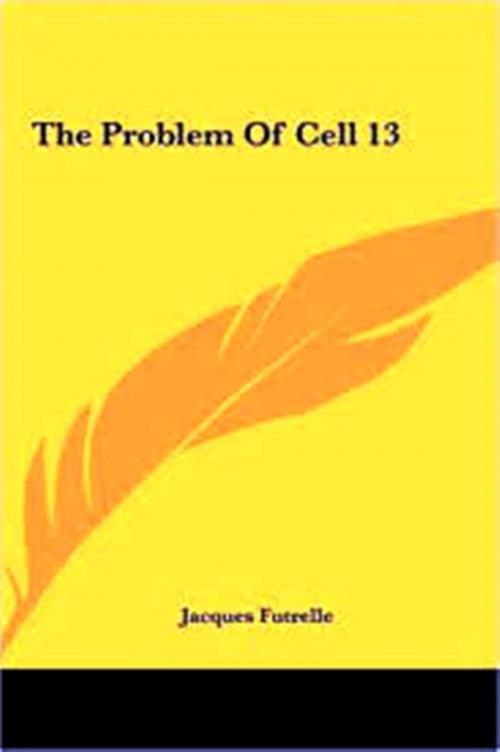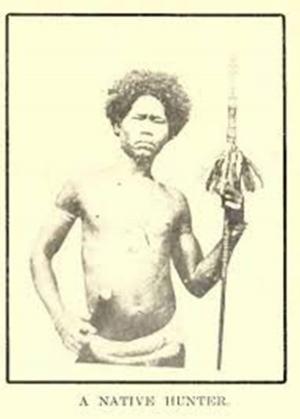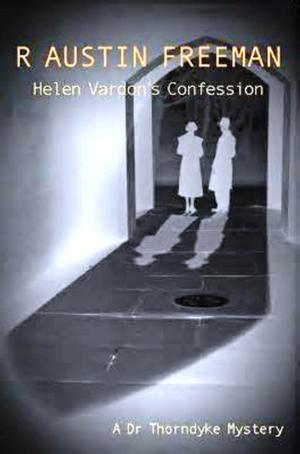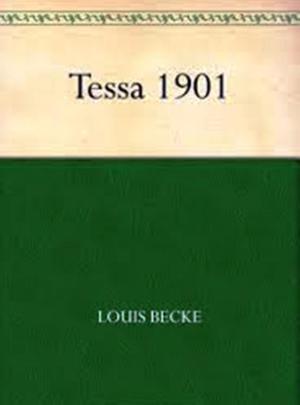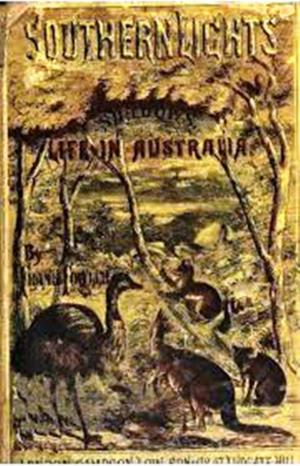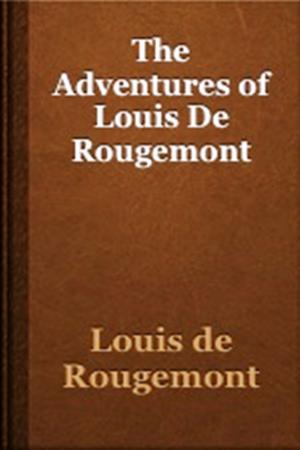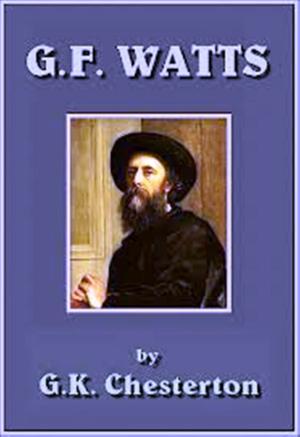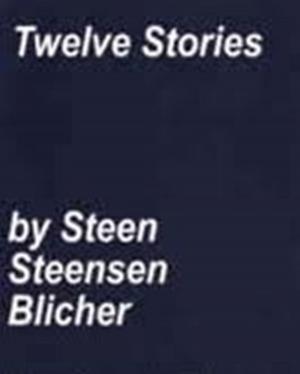| Author: | Jacques Futrelle | ISBN: | 1230000197036 |
| Publisher: | WDS Publishing | Publication: | November 15, 2013 |
| Imprint: | Language: | English |
| Author: | Jacques Futrelle |
| ISBN: | 1230000197036 |
| Publisher: | WDS Publishing |
| Publication: | November 15, 2013 |
| Imprint: | |
| Language: | English |
Practically all those letters remaining in the alphabet after Augustus S. F. X. Van Dusen was named were afterward acquired by that gentleman in the course of a brilliant scientific career, and, being honorably acquired, were tacked on to the other end. His name, therefore, taken with all that belonged it, was a wonderfully imposing structure. He was a Ph.D., an LL.D., an F.R.S., an M.D., and an M.D.S. He was also some other things--just what he himself couldn't say--through recognition of his ability by various foreign educational and scientific institutions.
In appearance he was no less striking than in nomenclature. He was slender with the droop of the student in his thin shoulders and the pallor of a close, sedentary life on his clean-shaven face. His eyes wore a perceptual, forbidding squint--the squint of a man who studies little things--and when they could be seen at all through his thick spectacles, were mere slits of watery blue. But above his eyes was his most striking feature. This was a tall, broad brow, almost abnormal in height and width, crowned by a heavy shock of bushy, yellow hair. All these things conspired to give him a peculiar, almost grotesque, personality.
Professor Van Dusen was remotely German. For generations his ancestors had been noted in the sciences; he was the logical result, the mastermind. First and above all he was a logician. At least thirty-five years of the half century or so of his existence had been devoted exclusively to providing that two and two always equal four, except in unusual cases, where they equaled three or five, as the case may be. He stood broadly on the general propositions that all things that start must go somewhere, and was able to bring the concentrated mental force of his forefathers to bear on a given problem. Incidentally it may be remarked that Professor Van Dusen wore a No. 8 hat.
The world at large had heard vaguely of Professor Van Dusen as The Thinking Machine. It was a newspaper catchphrase applied to him at the time of a remarkable exhibition at chess; he had demonstrated then that a stranger to the game might, by the force of inevitable logic, defeat a champion who had devoted a lifetime to its study. The Thinking Machine! Perhaps that more nearly described him than all his honorary initials, for he had spent week after week, month after month, in the seclusion of his small laboratory from which had gone forth thoughts that staggered scientific associates and deeply stirred the world at large.
It was only occasionally that The Thinking Machine had visitors, and these were usually men who, themselves high in the sciences, dropped in to argue a point and perhaps convince themselves. Two of these men, Dr. Charles Ransome and Alfred Fielding, called one evening to discuss some theory which is not of consequence here.
Practically all those letters remaining in the alphabet after Augustus S. F. X. Van Dusen was named were afterward acquired by that gentleman in the course of a brilliant scientific career, and, being honorably acquired, were tacked on to the other end. His name, therefore, taken with all that belonged it, was a wonderfully imposing structure. He was a Ph.D., an LL.D., an F.R.S., an M.D., and an M.D.S. He was also some other things--just what he himself couldn't say--through recognition of his ability by various foreign educational and scientific institutions.
In appearance he was no less striking than in nomenclature. He was slender with the droop of the student in his thin shoulders and the pallor of a close, sedentary life on his clean-shaven face. His eyes wore a perceptual, forbidding squint--the squint of a man who studies little things--and when they could be seen at all through his thick spectacles, were mere slits of watery blue. But above his eyes was his most striking feature. This was a tall, broad brow, almost abnormal in height and width, crowned by a heavy shock of bushy, yellow hair. All these things conspired to give him a peculiar, almost grotesque, personality.
Professor Van Dusen was remotely German. For generations his ancestors had been noted in the sciences; he was the logical result, the mastermind. First and above all he was a logician. At least thirty-five years of the half century or so of his existence had been devoted exclusively to providing that two and two always equal four, except in unusual cases, where they equaled three or five, as the case may be. He stood broadly on the general propositions that all things that start must go somewhere, and was able to bring the concentrated mental force of his forefathers to bear on a given problem. Incidentally it may be remarked that Professor Van Dusen wore a No. 8 hat.
The world at large had heard vaguely of Professor Van Dusen as The Thinking Machine. It was a newspaper catchphrase applied to him at the time of a remarkable exhibition at chess; he had demonstrated then that a stranger to the game might, by the force of inevitable logic, defeat a champion who had devoted a lifetime to its study. The Thinking Machine! Perhaps that more nearly described him than all his honorary initials, for he had spent week after week, month after month, in the seclusion of his small laboratory from which had gone forth thoughts that staggered scientific associates and deeply stirred the world at large.
It was only occasionally that The Thinking Machine had visitors, and these were usually men who, themselves high in the sciences, dropped in to argue a point and perhaps convince themselves. Two of these men, Dr. Charles Ransome and Alfred Fielding, called one evening to discuss some theory which is not of consequence here.
